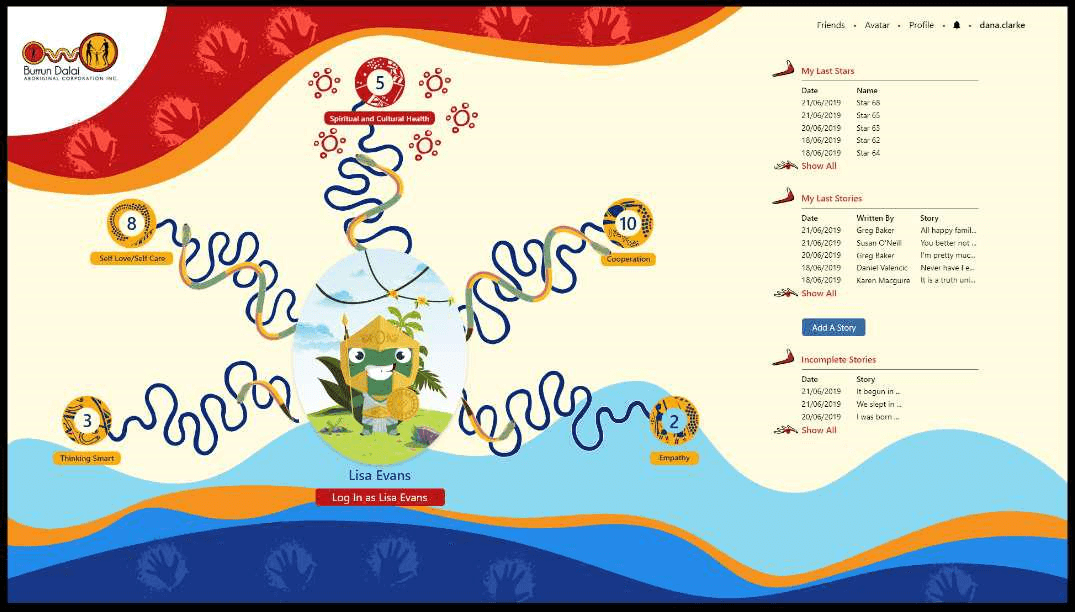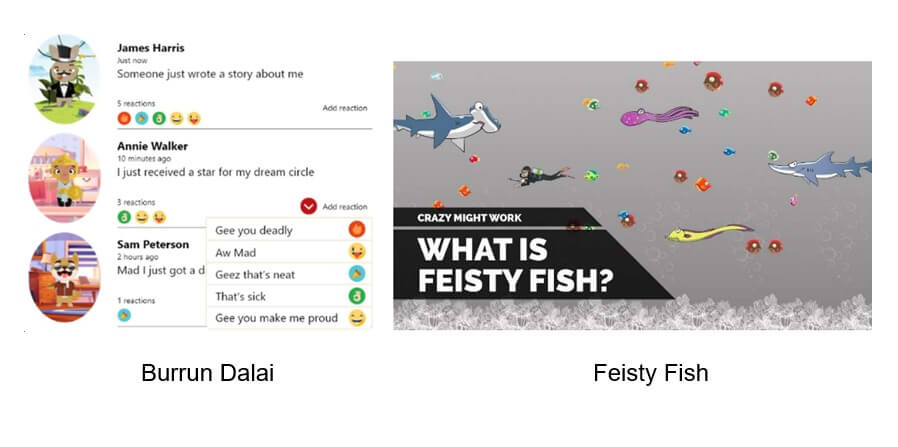When designing software and applications, we need to understand how the human brain works and the motivations of the user. What sometimes gets lost, is the user’s special interest. The user has feelings, insecurities and reasons as to why they want or do not want to do certain things.
Gamification and Behavioural Design in Software
A good example of DigiGround work is how we designed a solution for Burrun Dalai. It was made under the proviso that any input is fun, so it appeals to certain core drives within the child who uses the app. This motivates them to carry out certain activities.

DigiGround has noticed in the application that different types of stories (which is what the app is based around) push forward differently. Some push forward in an inspiring and empowering way, while others do so in a manipulative and obsessive manner.
Burrun Dalai needed a solution that would allow them to drill down to find what differentiates one motivation from another for its child users. This technology is fantastic for building new stories and the research behind them.
The drivers we have looked at allowed Burrun Dalai to create narratives (stories) filled with meaning and calling. This gives the users the feeling that they are doing something greater than themselves or something they were ‘chosen’ to do.
The symptom (or result) of this is they begin to devote their time to maintaining the communications around the story, which benefits the entire Burrun Dalai community. In the app, we reward this behaviour with stars and badges (achievement symbols). This drives the users to make progress, develop skills, and eventually overcome challenges.

This in turn encourages users to be more creative and provide more feedback. The technology engages the user into the creative process – they are given stories that require them to figure things out and try different combinations.
Having parents share what works for them provides lots of information and shared content. Ownership of the stories is important (and is driven from their life), especially when they begin their engagement. So, the users innately want to improve what they own.
Core design drives on the app were around the right brain for creativity, self-expression and social aspects. The core design drives for the left brain core drives are more associated with logic, calculations and ownership regarding stories.










